Readers Write: Ineffective TCM Programs are Keeping Patients in the Hospital
Ineffective TCM Programs are Keeping Patients in the Hospital
By Briana Rodriguez, RN
Briana Rodriguez, RN is director of clinical services of LIghtbeam Health Solutions of Irving, TX.

The healthcare industry is facing an uphill battle, as staffing shortages persist while the demand for clinical professionals continues to increase. With fewer skilled workers to perform necessary care delivery tasks, healthcare organizations must be thoughtful with their clinical resources. One area that is causing clinical and financial strain on organizations due to limited resources is transitional care management (TCM) programs.
According to the Centers for Medicare and Medicaid Services (CMS), nearly 20% of all Medicare patients discharged from a hospital will be readmitted within 30 days, driving over $26 billion in additional costs each year. There are a multitude of reasons, both preventable and unpreventable, that a patient may be readmitted to the hospital. Chief among them is being enrolled into an inefficient, uncoordinated transitional care management program that fails to maintain engagement and make timely contact.
Understanding how and why your organization’s TCM program is insufficient is the first step to make meaningful process changes that demonstrate success in reducing readmission rates, lowering healthcare costs, and improving patient outcomes.
The goal of any TCM program is to perform timely and thorough patient follow-ups within crucial post-discharge windows to ensure quality of care and reduce patient complications. A standard transitional care management program comprises three main elements:
- Interactive contact. Initial patient outreach is performed within 48 hours post-discharge by a supervised staff member with the skills to address the patient’s status.
- Coordinating care behind the scenes. Care teams provide non-face-to-face services, such as clinical education, addressing follow-up needs, provider communication, referrals, and scheduling assistance.
- Follow-up visit. A face-to-face visit is scheduled with a provider within 7-14 days post-discharge, depending on medical severity
However, staffing shortages and insufficient resources can make even the three basic components of a TCM program difficult to accomplish. What sets a successful, effective TCM program apart is the ability to provide regular outreach, keep patients engaged, and identify issues before they require inpatient stay. These processes begin long before a patient is discharged from a hospital.
In today’s digital age, healthcare organizations have options that have only emerged within the last decade. Solutions like remote patient monitoring and telehealth garnered attention following the social distancing periods that took place during the COVID-19 pandemic. Ever since, the healthcare industry at large has seen how beneficial similar strategies can be when it comes to reaching more vulnerable patients. When given the right capabilities, clinical professionals can work at the top of their license and provide the highest quality care to patients, wherever they are.
Leveraging these tools and resources, transitional care management teams can automate repetitive tasks, streamline workflows, and reach more patients by engaging them at home. Some key aspects that can be further built into an efficient TCM program to increase patient engagement and reduce costs include:
- Coordinating with hospitals to notify care teams of discharges.
- Making the initial patient contact within 48 hours of discharge.
- Reviewing the discharge process and medication schedule with the patient.
- Scheduling a face-to-face visit within 1-2 weeks.
- Confirming all patient appointments to ensure continuity of care.
- Performing follow-up calls.
- Providing support for barriers to care by leveraging local, available resources.
- Supporting patients in the 30-day period post-discharge.
- Documenting all services throughout the patient’s TCM journey.
There are several reasons that transitional care management programs can fail. If providers are not able to identify high-risk patients with co-morbidities before they are discharged, these patients have a higher chance of developing complications that could result in further inpatient stay. TCM programs can also fail if clinical staff is not able to contact patients during crucial follow-up windows, especially the initial 48 hours post-discharge.
Noticing an increase in readmissions, post-discharge complications, and delays in interactive contact with patients may indicate that care teams are not reaching patients in a timely manner. If you notice these issues, it is important to find out the cause of the gap and to pinpoint the right solution, workflow, or strategy to close it.
Ineffective TCM programs cause patients to return to the hospital and drive avoidable costs into the billions. The first step to improve an inefficient TCM program is to arm healthcare staff with the tools and resources they need to reach out to patients, make an impact, and maintain engagement throughout their care journey. This can include investing in technology to streamline communication, leveraging analytics to identify high-risk patients, and enabling staff to work at the top of their license.
With the technology of today, healthcare organizations have access to solutions that weren’t available ten years ago. Outsourcing care coordinators extends the capabilities of care teams, while adopting tools like remote patient monitoring expands their reach.
Even when a TCM program possesses all these elements, it’s essential to assess their performance regularly, make process updates, and assess patient feedback and satisfaction. This can be done by tracking certain metrics, such as readmission rates, acute events, skilled nursing facility data, and more.
By understanding the elements of an efficient TCM program, identifying where gaps exist, and making necessary process changes, healthcare organizations can reduce readmissions, lower costs, and improve outcomes.



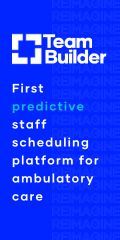




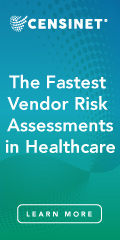











































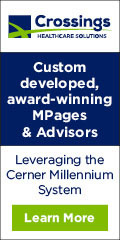

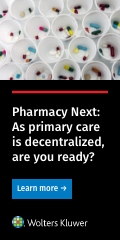





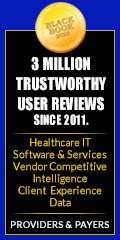

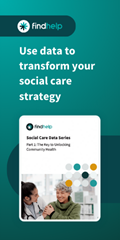








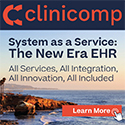








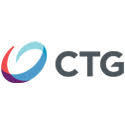



Tax cuts for the wealthy are what he and others are selling to the donors and voters. The real thing…